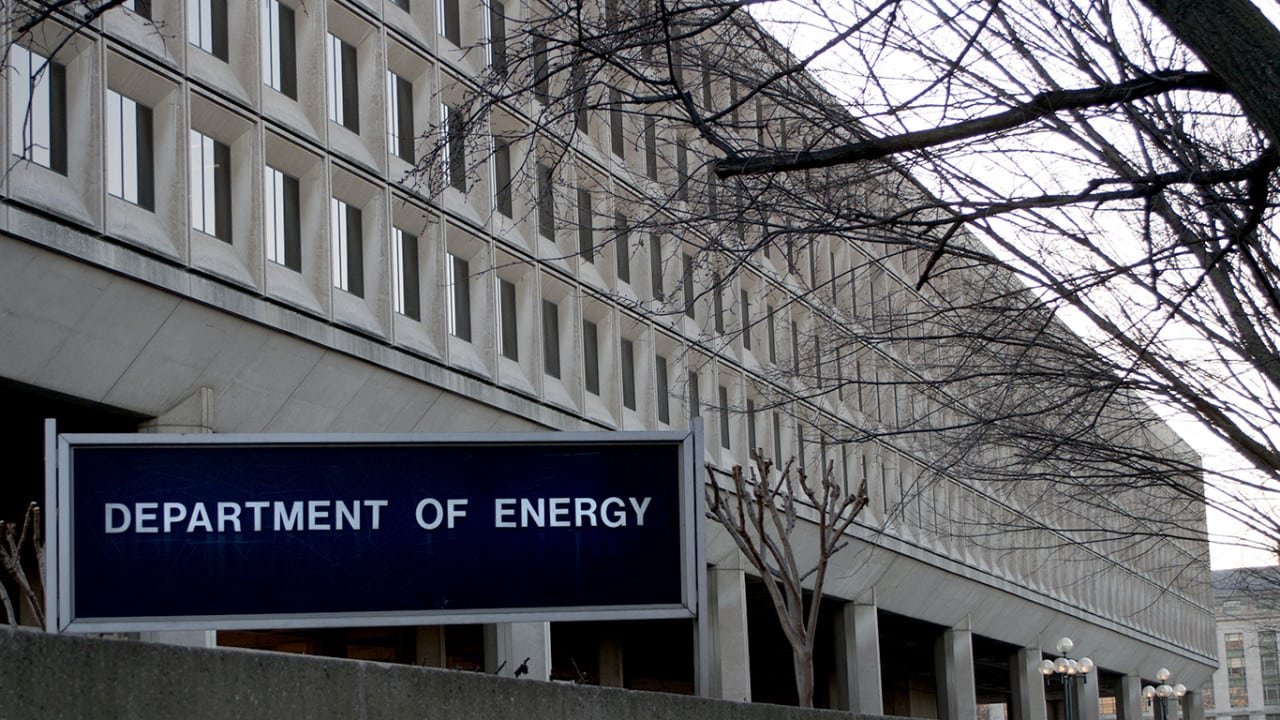
The Department of Energy’s National Energy Technology Laboratory last week released a request for information regarding the potential benefits in testing carbon capture and storage technology for coal-fired generation first on natural gas flue gas.
“It is the intent of the DOE [Office of Fossil Energy] National Energy Technology Laboratory (NETL) to evaluate the opportunities to test the existing advanced carbon capture units using flue gas from natural gas combustion to help optimize the system performance prior to beginning operations on coal derived flue gas,” the RFI explains.
Carbon capture technologies usually represent the most significant total cost of a CCS system, in some cases more than 75 percent. It is imperative then that the technology is well tested before hitting the demonstration stage. Generally, these technologies are tested on simulated flue gas before being tried on actual flue gas. Such testing, however, becomes harder to complete as pilot and demonstration projects reach a certain size. “At the 10+ MWe size, the opportunities to test these systems with simulated flue gases is very limited, but needed, especially in the beginning of system shakedown to optimize system performance,” the RFI explains.
Natural gas flue gas may then be the next best thing, DOE posits, as it is more readily available than simulated flue gas. Testing on natural gas, however, could also prove problematic, as the gas’s composition varies quite a bit from that of coal flue gas. “Natural gas flue gas has lower CO2 concentration, elevated oxygen content, and most importantly an absence of contaminants such as SOx, NOX and heavy metals that have detrimental effects on the solvents, sorbents, and membranes being tested,” according to the RFI.
DOE is looking for information from carbon capture technology developers on the potential benefits and difficulties of testing their technologies with natural gas flue gas. “DOE will use this information to make a determination on whether testing carbon capture technologies under natural gas conditions will be beneficial to developing these same technologies for coal-fired systems,” the RFI says.
Testing on natural gas could also be a proactive action. If the world is to decarbonize, there appears a natural progression from carbon-heavy coal-fired energy generation to less carbon-intense natural gas. However, natural gas still emits carbon, and it is generally assumed that CCS will at some point have to be adopted in natural gas-fired energy generation as well.
“DOE envisions that many technologies will be applicable to both combustion systems and therefore resources can be saved/managed more effectively by testing the skids on both flue gas streams,” the RFI says.
The need to promote CCS in the natural gas industry is also present in the Department of Energy’s fiscal 2017 budget request. The new budget request has been restructured significantly from previous budgets, removing the natural gas and coal categorization and lumping those funds together for carbon capture and storage research and development “The new budget structure reflects the fact that the CCS and Advanced Power Systems program supports CCS technologies, storage best practices, and innovative power systems integrated with CCS that are applicable to both coal and natural gas generation,” the DOE Budget in Brief says.
Under the request, carbon capture research and development would be funded at $170.4 million, up $39.4 million above the current budget.
The request would also fund three large-scale CCS post-combustion pilot projects, including a front-end engineering design (FEED) study and initial construction of a large pilot facility to capture CO2 from a natural gas power system.
Responses the RFI are to be submitted by email no later than April 4. Responses to the RFI will be used in project planning and funding opportunity announcement planning. “DOE reserves the right to change the requirements of any proposed FOA, issue a FOA as described herein, issue a FOA involving only a portion of the elements listed, or not issue a FOA at all,” the RFI says.